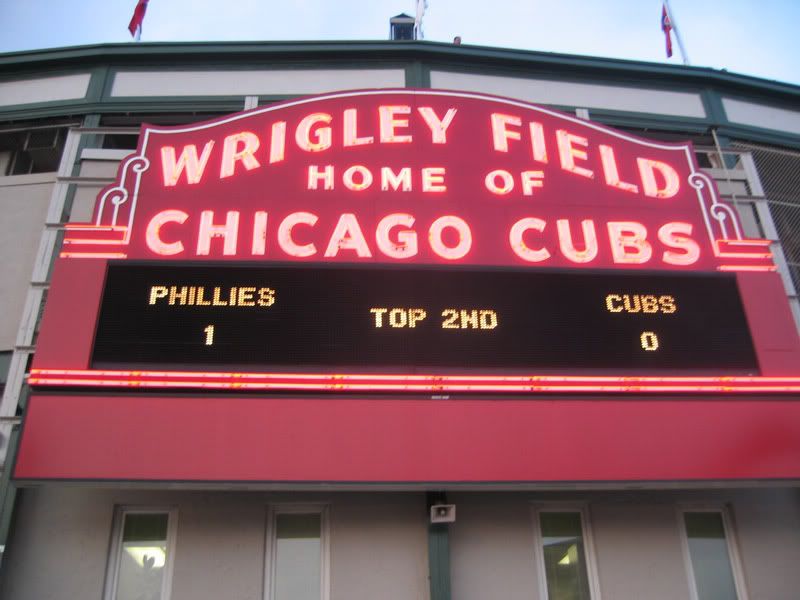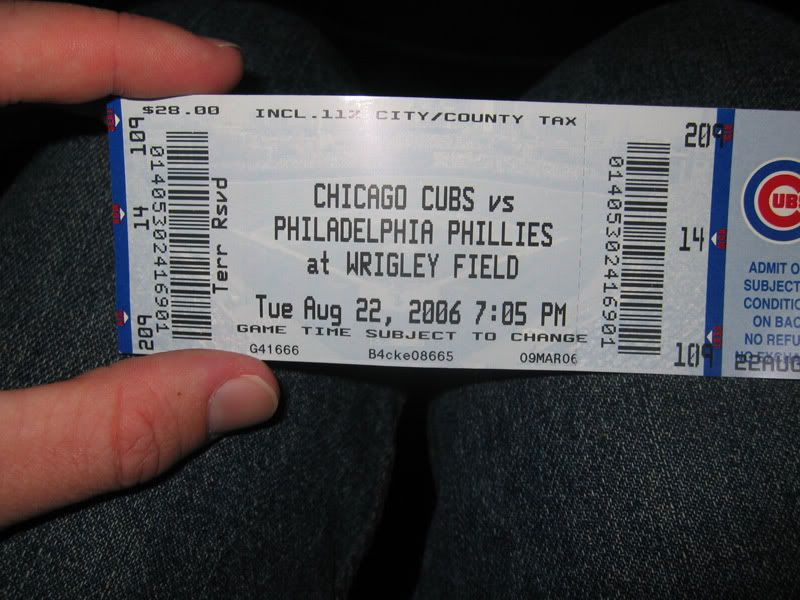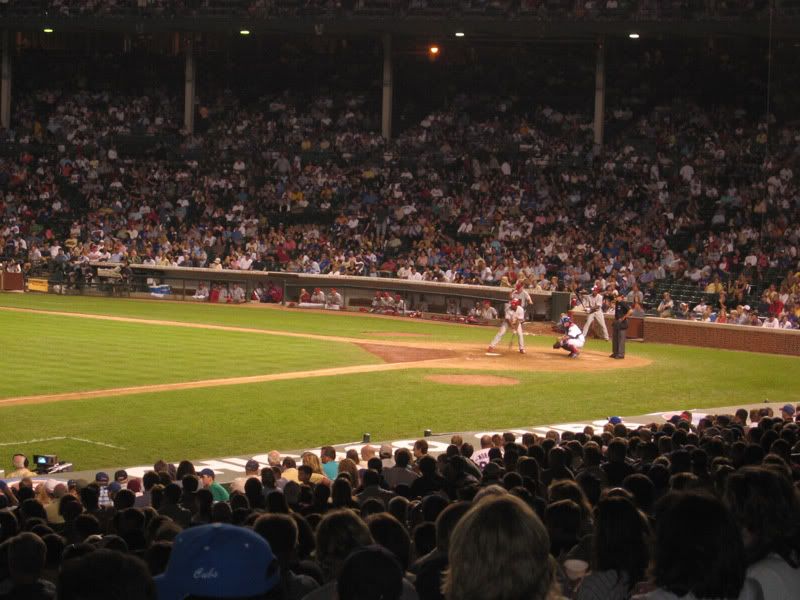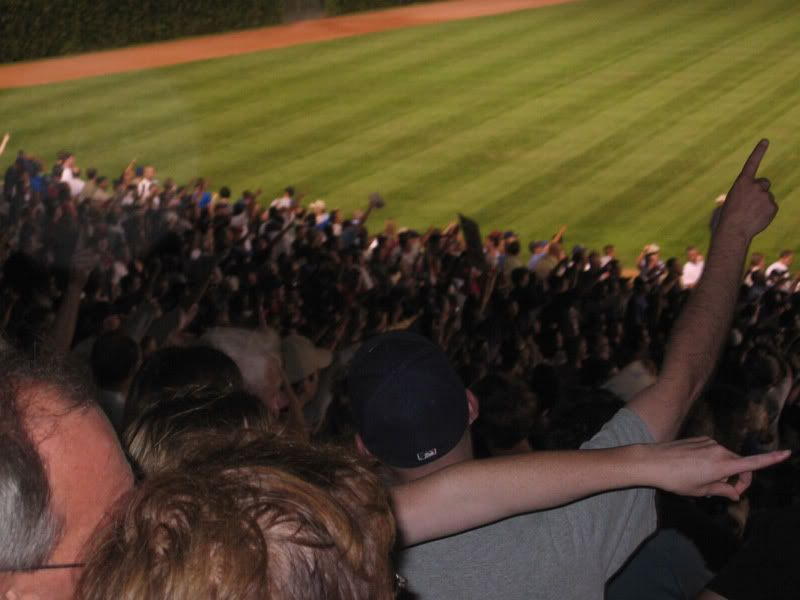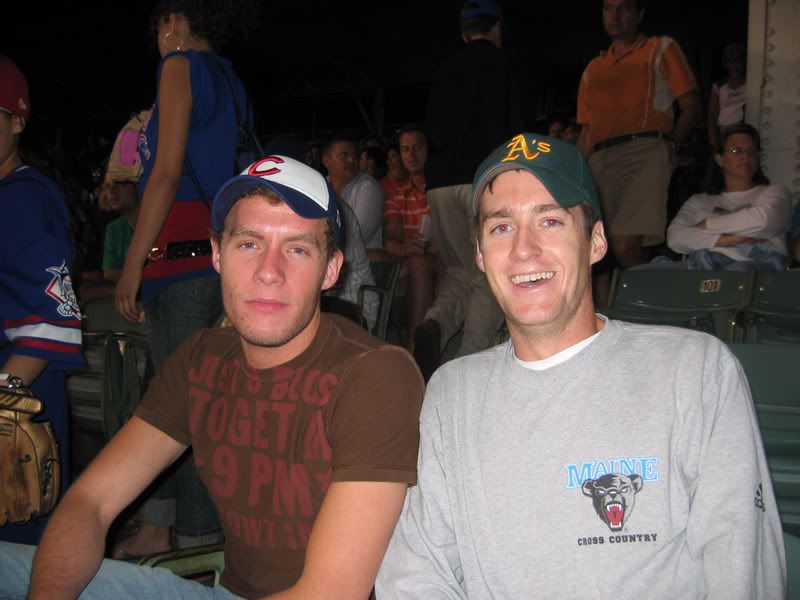It's been almost a month now, so I think I've had time to fully process the madness that was Hood to Coast. First in a series.The
Fred Meyer Hood to Coast Relay is the world's largest relay race. It's pretty simple: there's twelve people on each team, you start at Timberline lodge on Mt. Hood in Oregon, and run until you get to the ocean. Each team has two vans, with six runners to a van, and the twelve of you hand off the "baton" (actually a little blue slap bracelet) in order until you get to the end.
There are 36 legs in the race. Each runner runs three legs, which add up to about 15 to 17 miles total. All twelve runners take turns in the same order, so the first runner runs legs 1, 13, and 25, the second runner does legs 2, 14, and 26, and so on. Along the way you run down the mountains, through the forests, through the farmland, through Portland proper, and through the remaining countryside until you hit the finish line, on the beach in a little town called Seaside. You run through the dark of the night and the heat of the day. It's 197 miles all told.
This may sound crazy, and it is. But the Hood to Coast has been run each year for 25 years. This year there were over 1000 teams, which means 12,000 runners, plus drivers, etc. There are male, female, mixed gender, masters, corporate, and who knows how many other divisions. Most are recreational teams, and some of them have been running the race for as many as 22 years in a row. Something keeps them coming back. The Hood to Coast is a big deal in Oregon--
everybody knows about it, and if you haven't run it yourself, you probably know someone who has.
How did I get involved in all this?
continue reading »Well, I've wanted to run the Hood to Coast for years. There was often talk of putting together a Stanford team, but that idea never would have flown when we were in college--it's too much, too close to Mammoth and the cross country season. Talk of an alumni team fizzled quickly when most of us either moved away, got jobs, or started running for a living. Plus, the logistical challenge involved in getting twelve people to a race, including van rental, hotel, figuring out the course (no small challenge), and taking care of a thousand other little things, is daunting enough to rule out all but the most serious attempts.
Enter Gleukos, a sports drink manufacturer out of Portland, who sponsored the Farm Team this past season. They are very nice people and wanted to put together a team to win the race, as part of a PR effort for their product. (Marketing plug: Gleukos is a sports drink that contains glucose rather than the usual fructose/sucrose, which is supposed to be absorbed faster by your body than other types of sports drinks. We used the stuff and it is good.) The Gleukos people contacted Gags and the Beast, and they assembled a crack group of Farm Team alumni and a few other folks.
The "Gleukos Fast Fuelers," in order of race position, separated by van:
1) Brendon Mahoney
2) Luke Meyer
3) Jason Lunn
4) Mike Wallace
5) Sean Graham
6) Patrick Boivin
7) Tommy Greenless
8) Jonathon Riley
9) Stephen Donahue
10) Tom McGlynn
11) Andrew Hill
12) James Nielsen
Now I'm not about to go writing all about what everyone has done, but there are a few serious studs on that team. You can look them up if you want. Long story short, we thought we had a very good chance at winning. I was a bit nervous about keeping up--although I'd been running a little bit, and doing a workout here and there just to pass the time, I wasn't in very good shape. So I started a four-week crash training program and looked forward to race day...
to be continued
